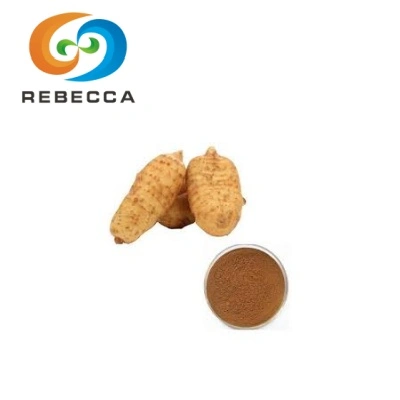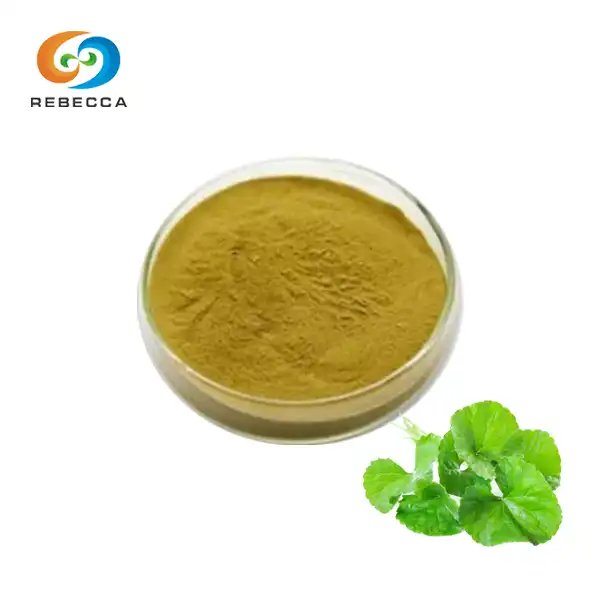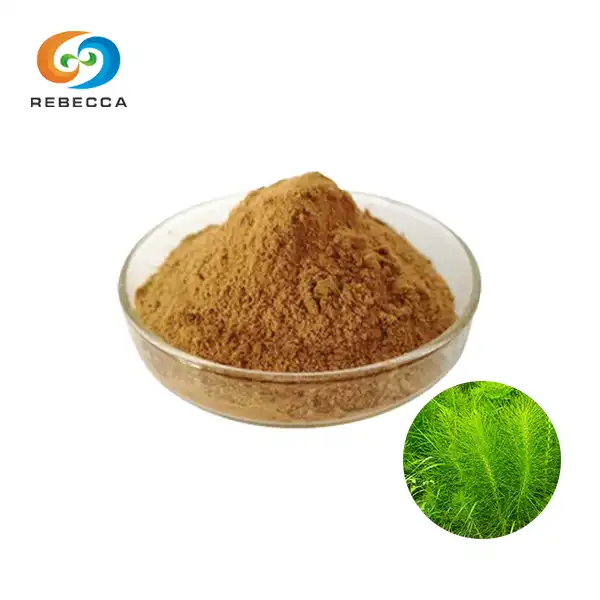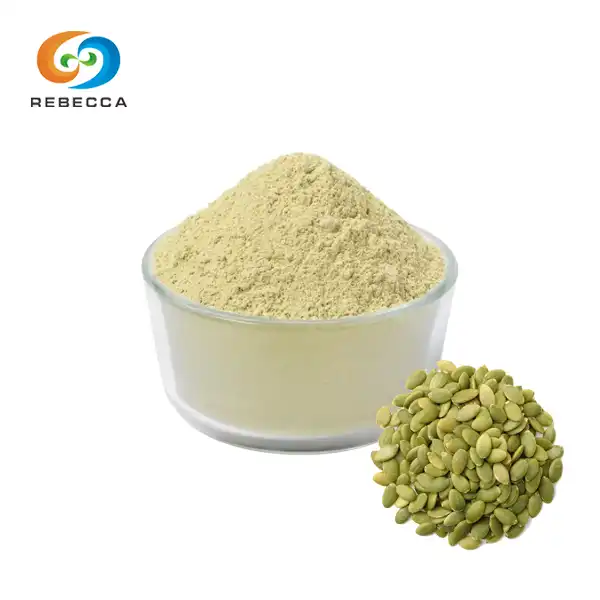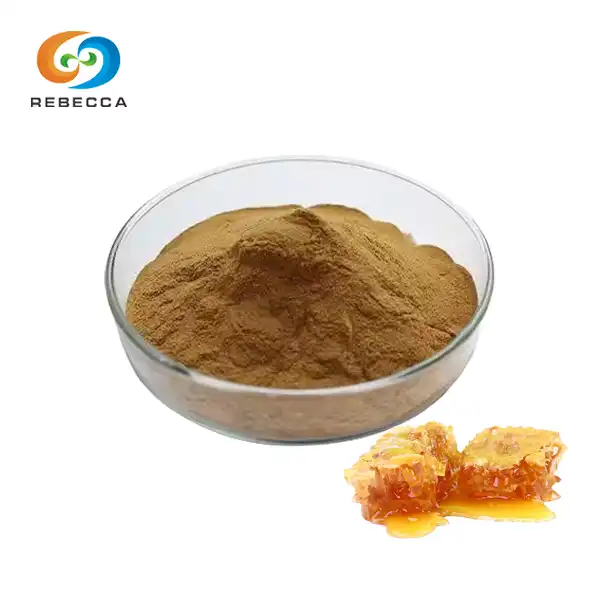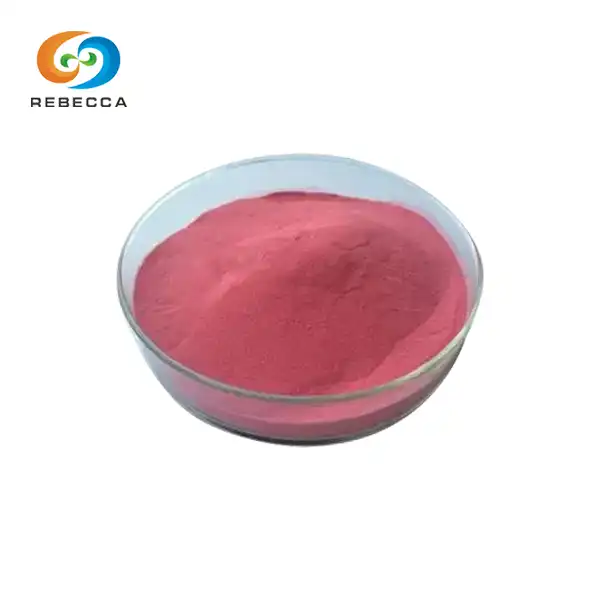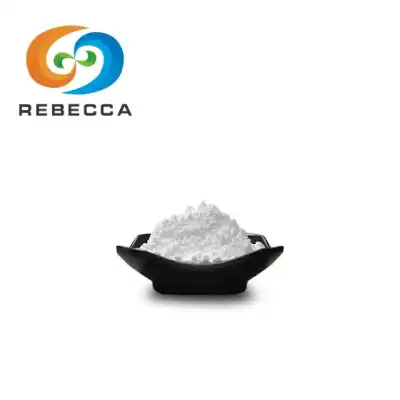How is creatine monohydrate manufactured?
Starting Materials
Creatine monohydrate, CAS: 6020-87-7, a popular dietary supplement among athletes and fitness enthusiasts, has a fascinating journey from raw materials to the final product. The manufacturing process of pure creatine monohydrate powder is a complex yet well-established procedure that involves several key steps. Let's dive into the details of how this powerful supplement is made, starting with the fundamental building blocks.
The production of creatine monohydrate begins with two essential amino acids: sarcosine and glycine. These compounds serve as the primary starting materials for the entire manufacturing process. Sarcosine, also known as N-methylglycine, is a naturally occurring amino acid derivative found in muscles and other body tissues. Glycine, on the other hand, is the simplest amino acid and plays a crucial role in various biological processes.
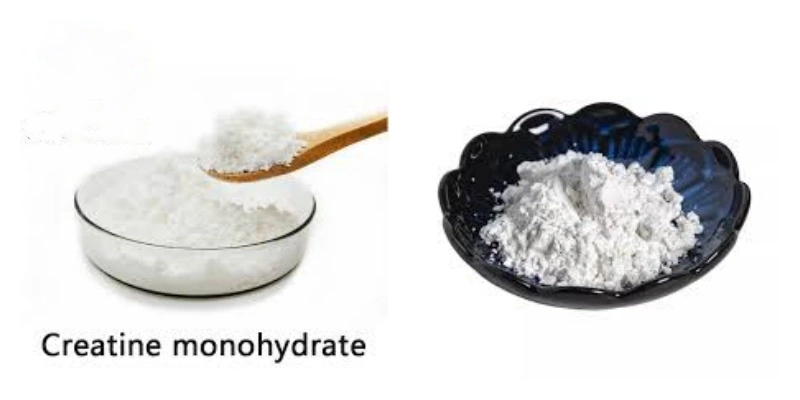
Both sarcosine and glycine can be obtained from different sources. Sarcosine is typically synthesized industrially through the methylation of glycine or by treating methylamine with chloroacetic acid. Glycine, being more common, can be extracted from natural sources such as gelatin, but it is often produced synthetically on an industrial scale.
The availability and quality of these starting materials are crucial factors in the production of high-quality creatine monohydrate powder. Manufacturers like Rebecca carefully select their sources to ensure purity and consistency in the final product. The use of pharmaceutical-grade starting materials is common practice among reputable creatine producers to maintain high standards of quality and safety.
Chemical Reaction
Once the starting materials are secured, the next step in the manufacturing process involves combining sarcosine and glycine under carefully controlled conditions. This stage is where the magic happens – the formation of creatine through a chemical reaction.
The reaction between sarcosine and glycine is not a simple mixing process. It requires specific conditions to facilitate the formation of creatine. Typically, this reaction takes place in a reactor vessel where heat and pressure are applied. The exact temperature and pressure may vary depending on the manufacturer's specific process, but generally, temperatures around 140°C (284°F) and elevated pressures are used.
During this reaction, the amino group of glycine combines with the methylated amino group of sarcosine. This process, known as amidination, results in the formation of creatine. The reaction can be represented by the following chemical equation:
CH₃-N(CH₃)-CH₂-COOH (Sarcosine) + NH₂-CH₂-COOH (Glycine) → (CH₃)N(CH₂COOH)C(=NH)NCH₂COOH (Creatine) + H₂O
The reaction is typically carried out in the presence of a catalyst to improve efficiency and yield. Common catalysts used in this process include cyanamide or S-methylthiourea. These catalysts help to speed up the reaction and ensure a more complete conversion of the starting materials into creatine.
The duration of this reaction can vary, but it usually takes several hours to complete. Throughout this time, the reaction conditions are closely monitored and controlled to ensure optimal creatine formation. Factors such as temperature, pressure, pH, and reactant concentrations are carefully managed to maximize yield and minimize the formation of unwanted by-products.
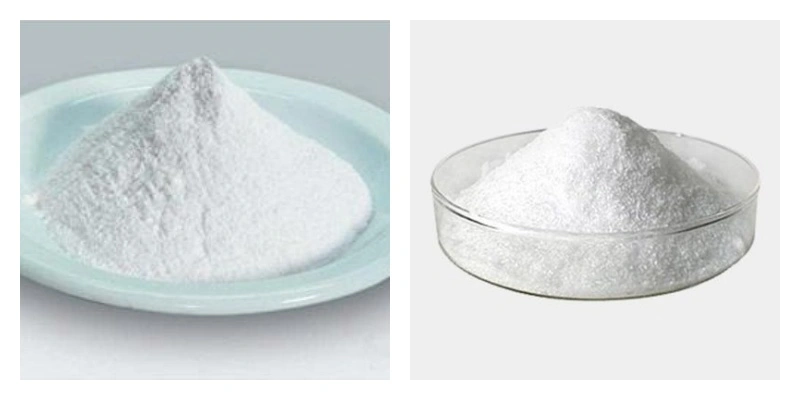
Purification
After the chemical reaction is complete, the resulting mixture contains creatine along with various impurities and unreacted starting materials. To obtain pure creatine monohydrate powder, a series of purification steps are necessary. This purification process is crucial in ensuring the quality and safety of the final product.
The first step in the purification process is often filtration. The reaction mixture is passed through filters to remove any solid impurities or particulate matter. This initial filtration helps to clarify the solution and prepare it for further purification steps.
Following filtration, the solution undergoes crystallization. This is a critical step in isolating pure creatine from the mixture. The solution is cooled under controlled conditions, causing creatine molecules to form crystals. As the crystals form, they naturally exclude impurities, resulting in a purer form of creatine.
The crystallization process may be repeated several times to increase purity. Each cycle of crystallization helps to further refine the creatine, removing more impurities with each iteration. The number of crystallization cycles can vary depending on the desired purity level and the specific manufacturing process.

After crystallization, the creatine crystals are separated from the remaining solution through centrifugation or filtration. The crystals are then washed with purified water to remove any residual impurities clinging to their surface.
The final step in the purification process is drying. The washed creatine crystals contain water, and to produce creatine monohydrate powder, this water content needs to be carefully controlled. The crystals are dried under specific conditions to achieve the correct hydration level – one molecule of water per molecule of creatine, hence the term "monohydrate."
Various drying methods may be employed, including vacuum drying, spray drying, or fluid bed drying. The choice of drying method can affect the final characteristics of the product, such as particle size and flowability. Manufacturers carefully control the drying process to ensure consistent quality in the final product.
Final Product
After the purification and drying processes, the result is pure creatine monohydrate powder. This powder is the base form of the supplement, but it's not quite ready for consumer use yet. The final stage of manufacturing involves preparing the creatine monohydrate for distribution and consumption.
Quality control is a crucial step before packaging begins. The purified creatine monohydrate undergoes rigorous testing to ensure it meets the required standards for purity, potency, and safety. These tests may include chromatography to check for impurities, assays to confirm creatine content, and microbial testing to ensure the product is free from harmful bacteria or other contaminants.
Once the creatine monohydrate passes quality control, it's ready for packaging. The most common form of creatine supplement is a fine, white powder. This powder is typically packaged in bulk containers, ranging from small tubs for individual consumers to large bags for further processing or repackaging.
Rebecca's packaging methods are 1 kg/aluminum bag, 25 kg/box, and 25 kg/barrel. For some products that require special packaging during transportation, we will carry out more detailed packaging.

Some manufacturers also offer creatine monohydrate in capsule or tablet form. To create these, the powder is compressed into tablets or filled into gelatin or vegetarian capsules. This process requires additional manufacturing steps and equipment but provides a convenient option for consumers who prefer not to measure powder.
During the packaging process, care is taken to prevent contamination and maintain the product's integrity. Many manufacturers use clean room environments and follow Good Manufacturing Practices (GMP) to ensure the highest standards of quality and safety.
Labeling is another important aspect of the final product preparation. Labels must comply with regulatory requirements and typically include information such as the product name, ingredients, dosage instructions, warnings, and the manufacturer's details. Many brands also include lot numbers and expiration dates to aid in quality control and traceability.
Finally, the packaged products are prepared for distribution. This involves storing the products under appropriate conditions to maintain their quality and arranging for their transportation to retailers or directly to consumers through online sales channels.
Rebecca Is Offering Free Samples
Rebecca Bio-Tech, a leading manufacturer of high-quality nutritional supplement ingredients, is currently offering free samples of their Pure Creatine Monohydrate Powder. This promotional offer provides an excellent opportunity for consumers to experience the quality and effectiveness of their product firsthand.
The company's commitment to quality is evident in its meticulous manufacturing process. Rebecca Bio-Tech's Creatine Monohydrate Powder is crafted to meet the highest standards of purity and quality, ensuring that consumers receive a product that is both safe and effective.
For those interested in learning more about the product or obtaining a free sample, Rebecca Bio-Tech encourages reaching out directly. Further information can be obtained by contacting their customer service team at information@sxrebecca.com.
This offer from Rebecca Bio-Tech allows potential users to try their creatine monohydrate product without any financial commitment. It's an excellent way for consumers to assess the product's quality, taste, and mixability before making a purchase decision.
Remember, while free samples are an excellent way to try a product, it's always advisable to consult with a healthcare professional before starting any new supplement regimen, especially if you have any pre-existing health conditions or are taking other medications.

References
1. Jäger, R., Purpura, M., Shao, A., Inoue, T., & Kreider, R. B. (2011). Analysis of the efficacy, safety, and regulatory status of novel forms of creatine. Amino Acids, 40(5), 1369-1383.
2. Kreider, R. B., Kalman, D. S., Antonio, J., Ziegenfuss, T. N., Wildman, R., Collins, R., ... & Lopez, H. L. (2017). International Society of Sports Nutrition position stand: safety and efficacy of creatine supplementation in exercise, sport, and medicine. Journal of the International Society of Sports Nutrition, 14(1), 18.
3. Persky, A. M., & Brazeau, G. A. (2001). Clinical pharmacology of the dietary supplement creatine monohydrate. Pharmacological Reviews, 53(2), 161-176.
4. Andres, S., Ziegenhagen, R., Trefflich, I., Pevny, S., Schultrich, K., Braun, H., ... & Lampen, A. (2017). Creatine and creatine forms intended for sports nutrition. Molecular Nutrition & Food Research, 61(6), 1600772.
5. Brosnan, J. T., & Brosnan, M. E. (2007). Creatine: endogenous metabolite, dietary, and therapeutic supplement. Annual Review of Nutrition, 27, 241-261.
6. Gualano, B., Roschel, H., Lancha-Jr, A. H., Brightbill, C. E., & Rawson, E. S. (2012). In sickness and in health: the widespread application of creatine supplementation. Amino Acids, 43(2), 519-529.
